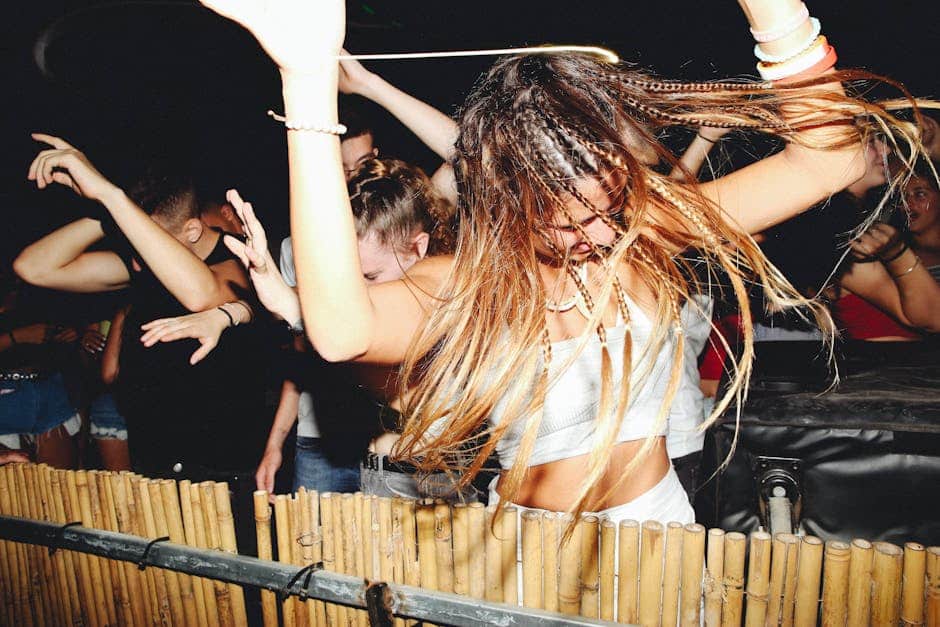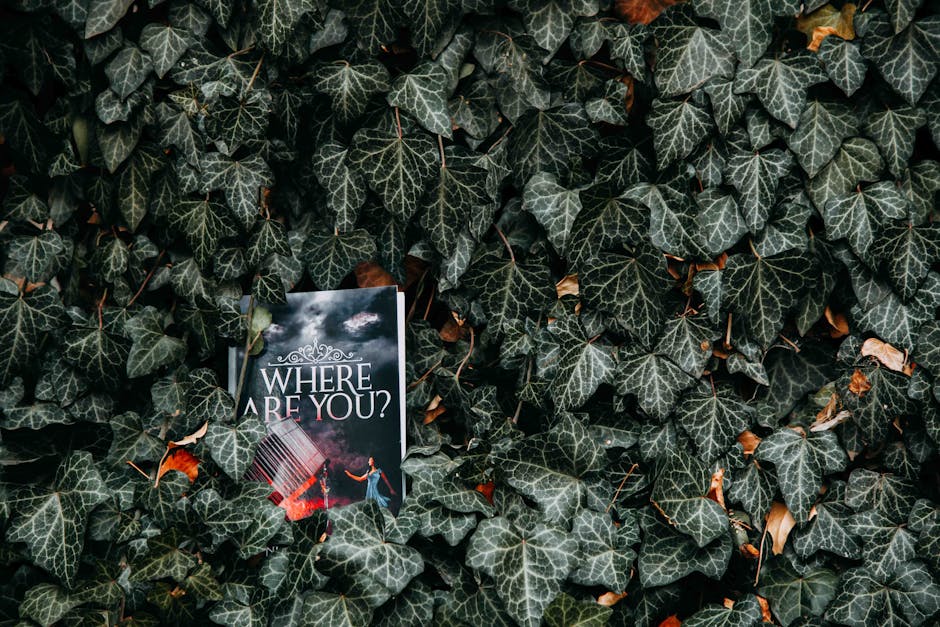The Evolution of Chicago’s Nightlife: From Speakeasies to Clubs
Welcome to a journey through the captivating history of Chicago’s nightlife! 🌆 From secret speakeasies during Prohibition to the vibrant club scene of today, Chicago has never failed to entertain. In this post, we’ll explore the intriguing transformation that has crafted the city’s vibrant nightlife.
Table of Contents
1. Introduction: Chicago’s Nightlife Through the Ages
2. The Prohibition Era: Speakeasies and Secret Gatherings 🍸
3. The Jazz Age: Swinging Sounds and Dance Halls 🎷
4. The Rise of Nightclubs: Disco and Dance Floors 💃
5. Modern-Day Clubs: Diversity and Innovation 🎉
6. Conclusion: A Nightlife Legacy
7. FAQ Section
Introduction: Chicago’s Nightlife Through the Ages
Chicago, a city renowned for its architectural marvels and deep-dish pizza, also boasts a rich nightlife history that mirrors America’s cultural evolution. As we delve into the past, we’ll uncover how social, economic, and technological changes have continuously reshaped where and how Chicagoans celebrate after dark.
The Prohibition Era: Speakeasies and Secret Gatherings 🍸
The 1920s were a time of great change in America, and Chicago was at the heart of it all. The Prohibition era, which banned alcohol, ironically fostered a nightlife culture that was more vibrant than ever. Secret bars known as “speakeasies” popped up across the city, hiding behind unassuming storefronts or basements. These clandestine venues became hotspots for jazz music and creative cocktails, offering an escape from the restrictive laws of the time.
Speakeasies were more than just places to drink; they were social hubs that helped break down racial and social barriers. The allure of the forbidden drew a diverse crowd, all seeking a taste of freedom and jazz in the air.
The Jazz Age: Swinging Sounds and Dance Halls 🎷
As the 1930s rolled in, jazz music took center stage in Chicago’s nightlife scene. The city became a pivotal point for jazz musicians, with venues like the Green Mill and the Aragon Ballroom attracting crowds eager to dance the night away. The Jazz Age was marked by its swinging sounds and extravagant dance halls, where big bands played tunes that resonated with the spirit of the era.
These venues weren’t just about music; they were cultural melting pots where people from all walks of life could enjoy the rhythm and energy pulsing through the city. This era laid the groundwork for future nightlife innovations, emphasizing music as a central theme in social gatherings.
The Rise of Nightclubs: Disco and Dance Floors 💃
Fast forward to the 1970s, and you’ll find Chicago embracing the disco craze. Nightclubs emerged as the new epicenters of nightlife, with pulsating lights, glittering disco balls, and dance floors packed with enthusiastic revelers. Clubs like Studio 54 and Faces became legendary, offering a vibrant escape from the mundane.
The nightlife scene during this time was characterized by its inclusivity and extravagance. It was a period where fashion, music, and dance collided, creating a unique cultural phenomenon that celebrated individuality and freedom of expression.
Modern-Day Clubs: Diversity and Innovation 🎉
Today, Chicago’s nightlife is as diverse as its population. The city offers a wide array of clubs that cater to every taste, from intimate lounges with live music to massive clubs boasting international DJs. The evolution of technology has also played a significant role, with sound and lighting systems that transform venues into immersive experiences.
Modern clubs in Chicago emphasize innovation and diversity, reflecting the city’s dynamic cultural landscape. Whether you’re into electronic dance music, hip-hop, or indie rock, there’s a spot in Chicago’s vibrant nightlife to suit your groove.
Conclusion: A Nightlife Legacy
Chicago’s nightlife has continuously evolved, adapting to societal changes and cultural shifts. From the secretive speakeasies of the Prohibition era to today’s diverse and innovative club scene, the city has always found a way to celebrate life after dark. As we look to the future, one thing remains certain: Chicago will continue to be a city that knows how to party. 🎊
FAQ Section
1. What were speakeasies, and why were they important in Chicago?
Speakeasies were secret bars that operated during the Prohibition era when alcohol was banned. They were crucial in fostering a vibrant nightlife and served as cultural hubs where people could gather, listen to jazz, and enjoy a sense of freedom.
2. How did the Jazz Age influence Chicago’s nightlife?
The Jazz Age brought about a focus on live music and dance halls, making jazz clubs the heart of Chicago’s nightlife. This era promoted cultural diversity and laid the foundation for future musical and social innovations in the city’s nightlife.
3. What role does diversity play in modern Chicago nightlife?
Diversity is a key element of Chicago’s contemporary nightlife, offering a wide range of music genres and venues that cater to different tastes and cultures. This inclusivity reflects the city’s diverse population and makes its nightlife scene rich and dynamic.
4. Are there any historic nightlife venues still operating in Chicago?
Yes, some historic venues like the Green Mill continue to operate, offering a glimpse into the past while still being relevant in today’s nightlife scene. These venues are cherished for their historical significance and ongoing contributions to the city’s cultural landscape.
5. How has technology transformed modern-day clubs in Chicago?
Technology has revolutionized modern clubs with advanced sound systems, immersive lighting, and digital effects, creating unique and engaging experiences that enhance the overall atmosphere and appeal to tech-savvy audiences.


